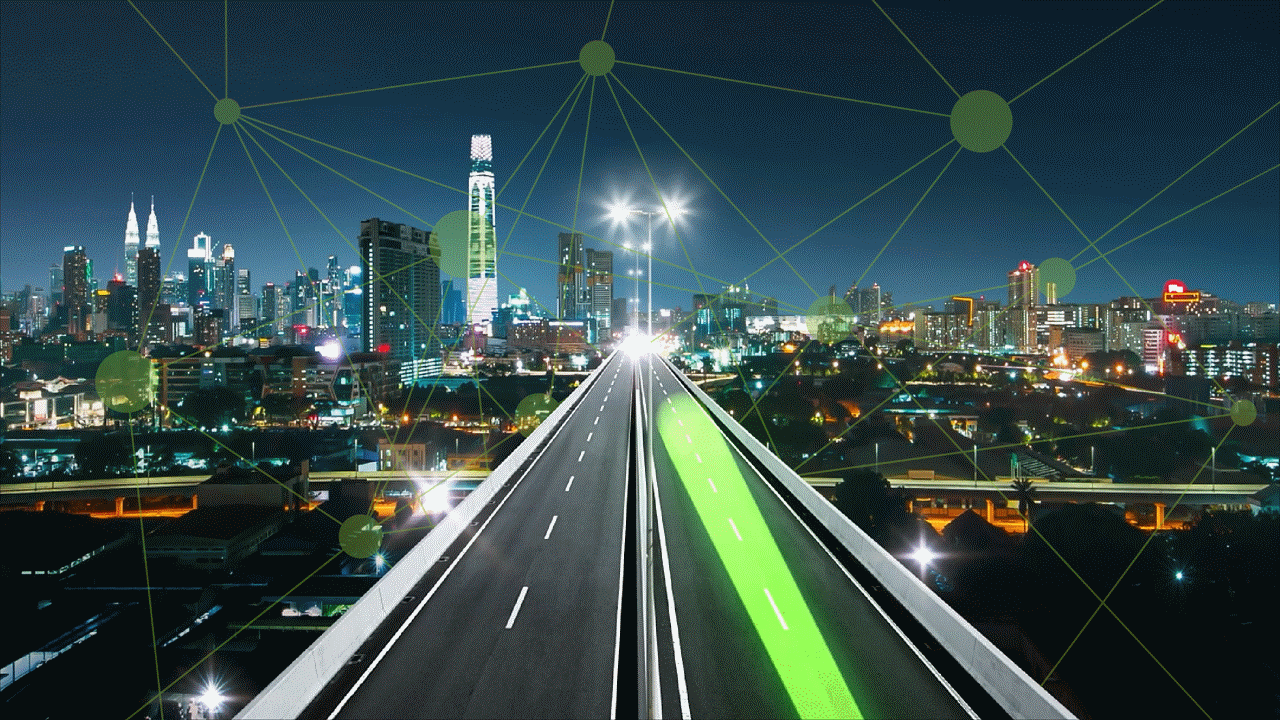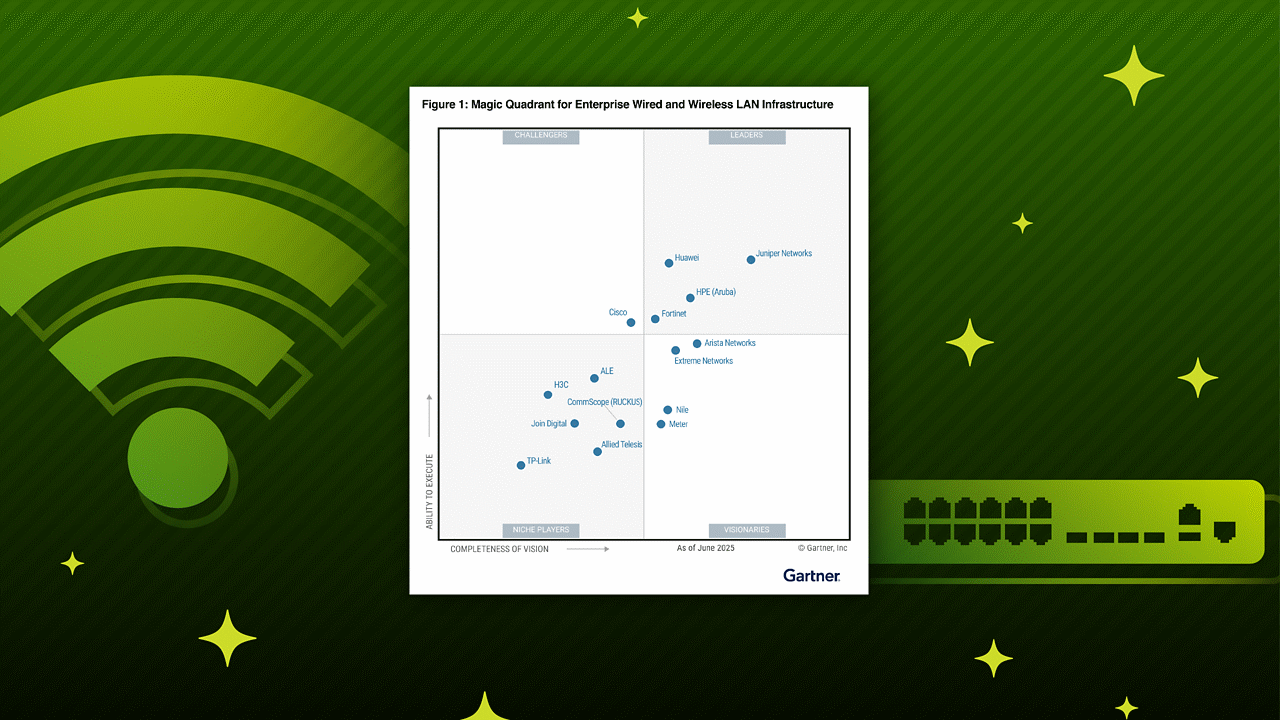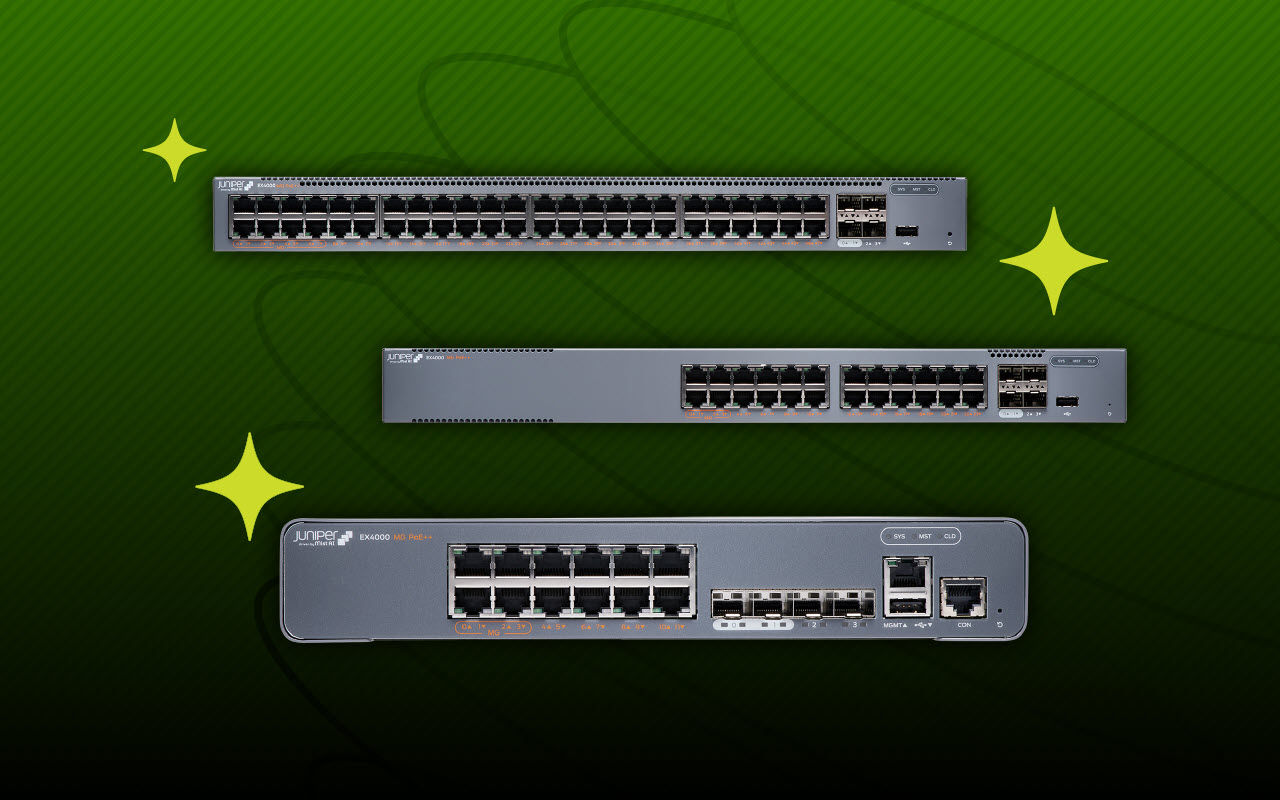What is AI for networking?
What is artificial intelligence (AI) for networking?
As a subset of AIOps, AI for networking specifically applies artificial intelligence (AI) and machine learning (ML) to optimize network performance and operations. It leverages rich network data to generate actionable insights, recommendations, and automated remediations that simplify operations, speed up troubleshooting, and ensure reliable connectivity. AI networking solutions work across network domains to reduce the burden on IT teams, freeing them for more strategic initiatives while enabling exceptional end user experiences.
Why AI for networking matters
Networking systems are becoming increasingly complex due to digital transformation initiatives, multicloud, the proliferation of devices and data, hybrid work, and more sophisticated security threats. As network complexity grows and evolves, organizations need the skills and capabilities of network operators to evolve as well. Talent shortages and budget constraints only add to the challenge.
AI for networking helps organizations overcome these challenges by:
- Simplifying and automating routine operations
- Employing predictive analytics to prevent network issues before they affect users
- Improving client-to-cloud network performance, reliability, and security
With AI solutions, IT teams can focus on strategic initiatives instead of constantly responding to network health issues, delivering better outcomes for the business and seamless connectivity to end users.
How AI networking solutions work
AI for networking combines comprehensive, real-time data collection, cloud-scale AI/ML analysis, generative AI (GenAI), and automation to simplify operations, boost productivity, and deliver reliable connectivity.
- Data collection: Data is the foundation for generating valuable AI outcomes. Rich, relevant telemetry is gathered continuously from across all network domains—wired, wireless, WAN, data center, security, and application—to provide a complete, accurate view of performance and user experience.
- Cloud-native AI analysis: AI models process and correlate massive amounts of real-time and historical datasets in the cloud to detect anomalies and bottlenecks, surface issues proactively, and predict potential problems before they impact users.
- Actionable insights: IT teams receive clear, context-rich guidance for troubleshooting, optimization, and performance improvements via intuitive dashboards or an AI assistant.
- Automation and self-driving: With advanced AI for networking, the network can automatically handle common, time-consuming tasks, reducing the burden on IT teams, preventing disruptions, and assuring that end users get seamless connectivity.
AI-powered solutions keep networks optimized for speed, performance, and security while saving IT teams valuable time and effort by streamlining network management.
What are some AI for networking use cases?
AI for networking can reduce trouble tickets and resolve problems before customers or even IT recognize the problem exists.
Event correlation and root cause analysis can use various data mining techniques to quickly identify the network entity related to a problem or remove the network itself from risk.
AI algorithms can continuously monitor network traffic patterns and user behavior to predict bandwidth needs. This allows networks to allocate bandwidth proactively, minimizing latency and congestion.
AI technologies are also used in networking to onboard, deploy, and troubleshoot, making Day 0 to 2+ operations easier and less time consuming.
Real world benefits of AI for networking
AI for networking enhances both end user and IT operator experiences by simplifying operations, boosting productivity and efficiency, reducing costs, and enabling reliable performance. Use of AI streamlines and automates workflows, minimizing configuration errors and expediting resolution times. By providing proactive and actionable insights and self-driving network automation, AI-driven networking enables operators to address potential issues before they lead to costly downtime or poor user experiences.
Organizations using AI for networking report measurable outcomes, such as:
- Reduced IT support tickets (up to 90%)
- Faster network deployments (up to 9x)
- Reduced time spent managing the network (up to 85%)
- Improved end user experiences through proactive problem resolution
- Enhanced network security via threat and anomaly detection in real time
These benefits translate into cost savings, productivity gains, and more resilient and reliable connectivity.
Juniper AI-native networking
Juniper delivers on the promise of AI for networking by providing industry-leading AIOps across wireless, wired, WAN, data center, and security domains. Trained on over a decade of high quality, relevant data, the Marvis® AI engine is constantly learning and improving to deliver accurate and actionable responses in real time. Marvis® AI Assistant transforms how IT teams interact with the network by enabling IT teams to ask questions in natural language and get answers instantly. Marvis Minis digital experience twins proactively detect and prevent issues before they impact end users. And Marvis Actions surfaces the most critical issues impacting the network, suggests actions for remediation, or, when given permission by the IT team, self-drives to resolve issues without human intervention.
AI for networking FAQs
How does AI transform networking?
AI plays an increasingly critical role in taming the complexity of growing IT networks. AI systems enable the ability to discover and isolate problems quickly by correlating anomalies with real-time and historical data. In doing so, IT teams can scale further and shift their focus toward more strategic and high-value tasks and away from the resource-intensive data mining required to identify and resolve needle-in-the-haystack problems that plague networks.
What AI for networking solutions does Juniper offer?
Marvis AI Assistant is a prime example of AI being used in networking. Marvis AI Assistant provides a conversational interface, prescriptive actions, and Self-Driving Network™ operations to streamline network management and optimize user experiences from client to cloud.
What is AI for networking and security?
With so many work-from-home and pop-up network sites in use today, a threat-aware network is more essential than ever. The ability to quickly identify cyber threats and react to compromised devices, physically locate compromised devices, and ultimately optimize the user experience are a few benefits of using AI applications for networking in cybersecurity. IT teams need to protect their networks, including devices they don’t directly control but must allow to connect. Risk profiling empowers IT teams to defend their infrastructure by providing deep network visibility and enabling policy enforcement at every point of connection throughout the network. Network security technologies are constantly monitoring not only the applications and user connections in an environment, but also the context of that behavior and whether it is acceptable use or potentially anomalous and rapidly identifying malicious activity.























